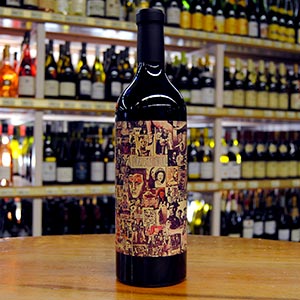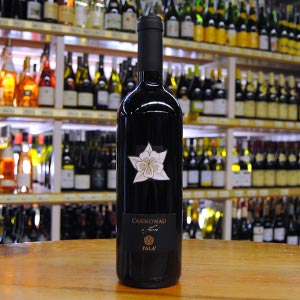
Wine Department: Ain’t Nothin’ But A G-ThangNotes from Last Month’s #GrenacheDay
Back to feed- Posted: 10/1/2017
- Categories: Wine
So to begin, when we talk about Grenache (or Garnacha as it is called in Spain), most often we are referring to Grenache Noir, the red Grenache. It has many names: Alicante, Bois Jaune, Cannonau, Garnatxa Pais, Llandoner, Rivesaltes, Uva di Spagna, Vernatxa, you get the idea… Yet there also mutations of Grenache, resulting in Grenache Blanc, Grenache Rose, Grenache Gris and Garnacha Peluda (or Hairy Grenache). And there are crosses of the grape like Alicante Bouschet (Grenache X Petite Bouschet) and Marselan (Grenache X Cabernet Sauvignon).
Yet for the sake of time, let’s focus on Grenache Noir, shall we?
Grenache Noir is actually one of the most (if not the most) cultivated red grape on the planet, with much of production occurring in France and Spain, though you do find it grown in Italy, Australia, the U.S., and in small lots in other parts of the world. It is red-fruited in its profile, with zesty white spices and usually a higher alcoholic content.
In Spain, you could argue Garnacha is that country’s most important grape variety (even more so than Tempranillo). You find varietal releases in Navarra, Campo de Borja and Aragon, and blends from Priorat and Rioja. In France, the varietal is primarily found in the Southern Rhone where it makes up the majority of blends coming from Chateauneuf-du-Pape, Gigondas, Vacqueyras and more. In Australia it comprises part of the GSM blends, and in places like Italy you can find it predominantly in Sardinia (as Cannonau). The U.S. sees Grenache planted primarily in California and Washington State, with Texas having some success with it as well.
We’ve put together a small list of incredible Grenache wines for you to acclimate yourself with this delicious, often-overlooked grape:







